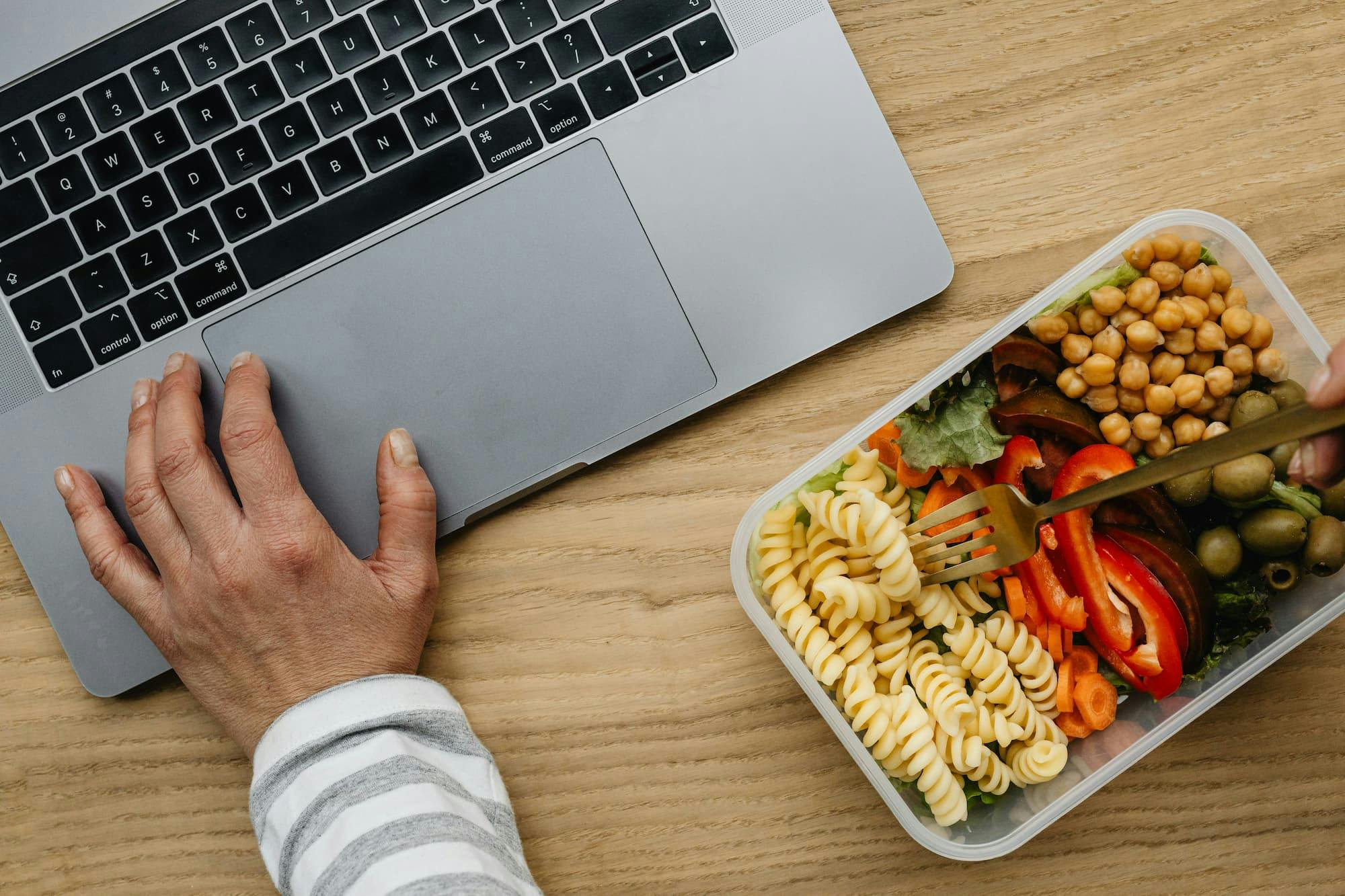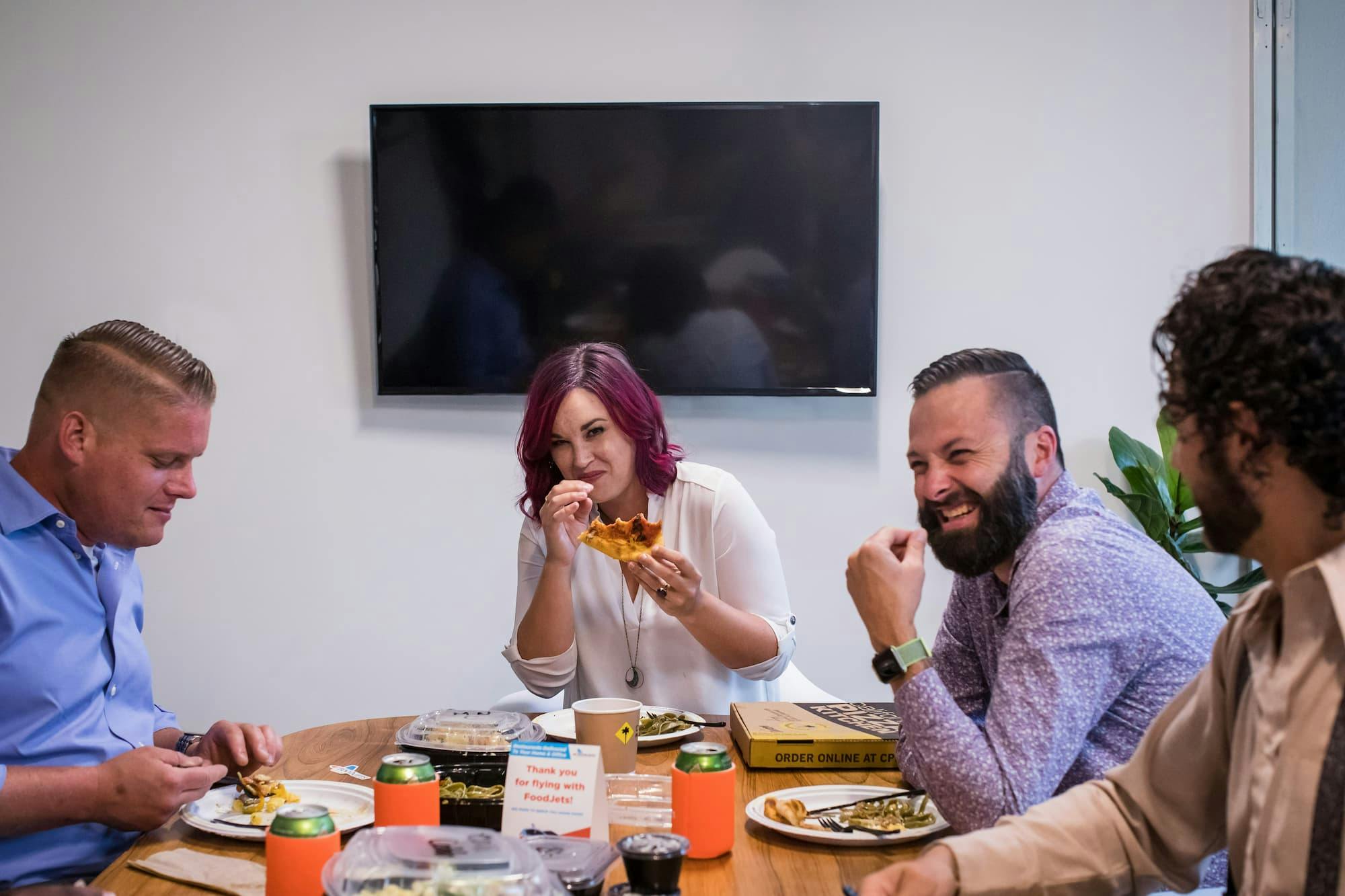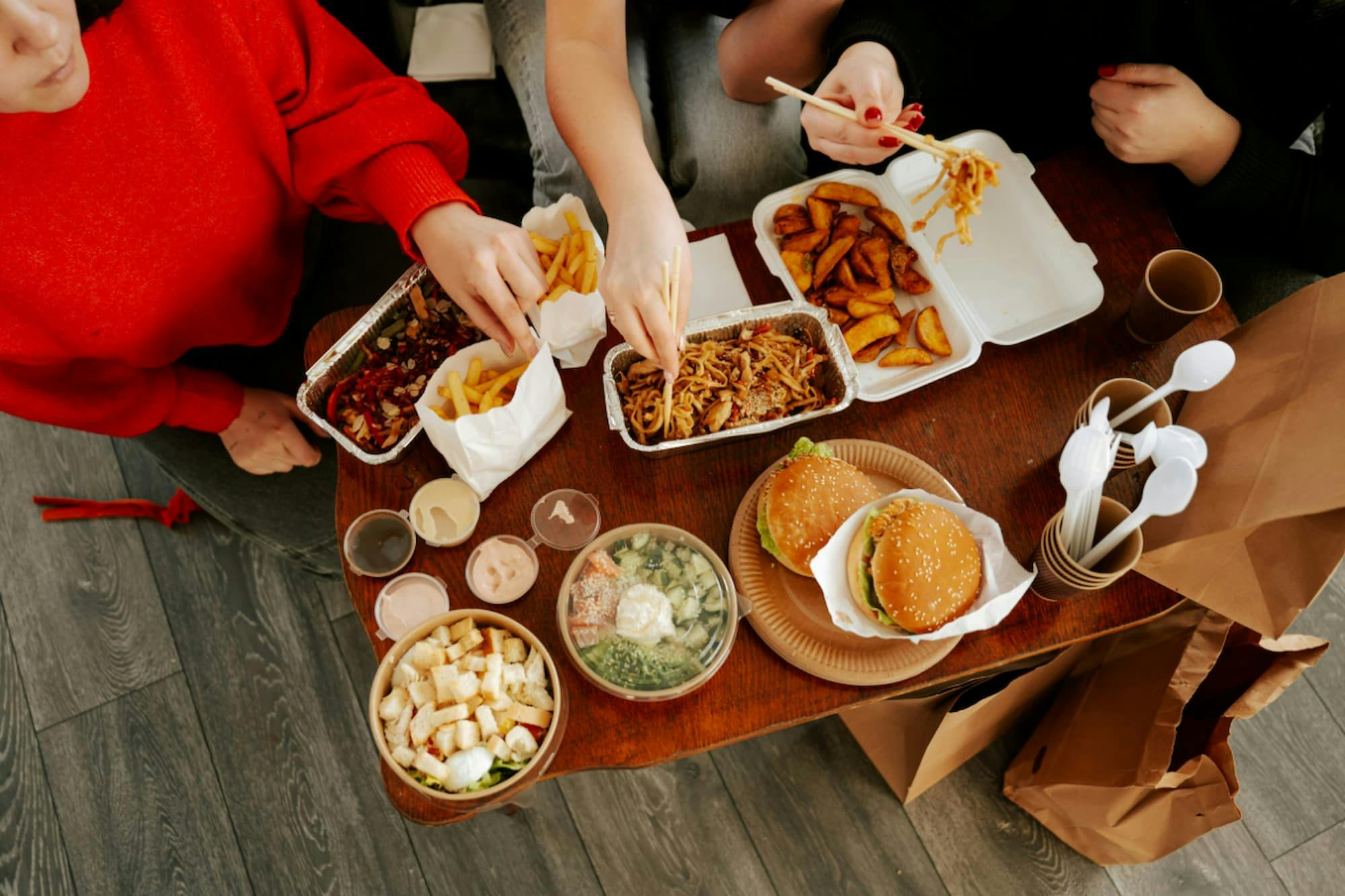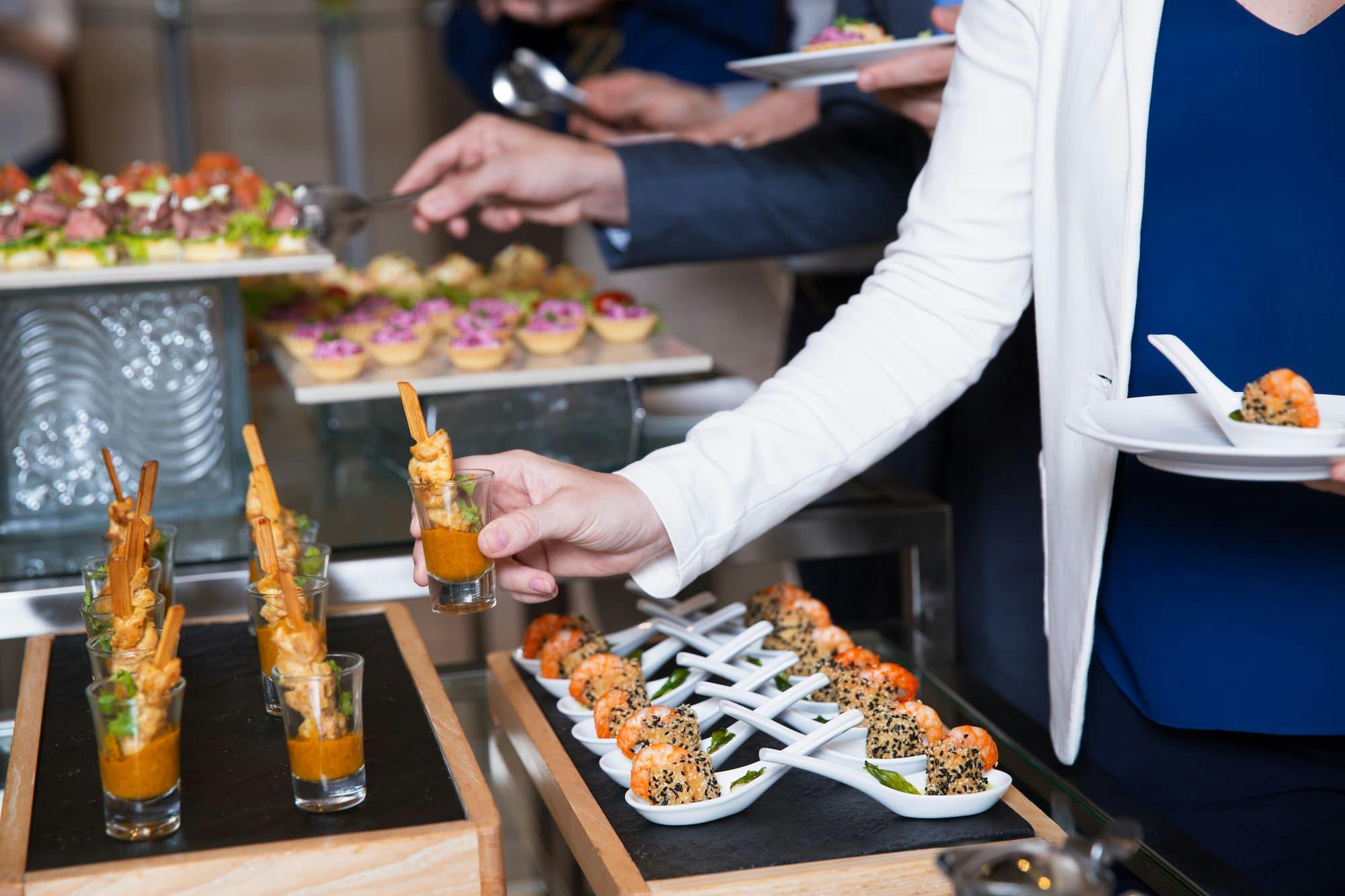Running an in-house cafeteria may seem convenient, but hidden costs, limited options, and rigid logistics often outweigh the benefits.
Choosing between in-house cafeteria vs. meal delivery is a decision many companies face when thinking about how to serve meals at work. Maybe your company has an in-house cafeteria that feels more like a relic from another era, expensive to run, hard to customize, and often underused. Or maybe you’re exploring cafeteria alternatives that can actually keep up with the needs of a modern team.
That’s where corporate meal delivery can help. With flexible menus, fewer overheads, and a real focus on employee meal satisfaction, services like Picnic are changing the way we think about workplace meal programs.
In this article, we’ll unpack the hidden side of cafeteria costs, highlight the food delivery benefits you might be missing, and show you how office food delivery could offer more freedom, savings, and better lunches all around.
Understanding the True Costs of an In-House Cafeteria
At first glance, having an in-house cafeteria might seem like a smart, convenient solution. After all, everything's right there: the kitchen, the staff, and a dedicated space for meals. But when you break down the actual numbers, the costs stack up quickly.
Between rent, salaries, maintenance, and daily food prep, running a cafeteria is a major investment that often goes underused. For many businesses, switching to cafeteria alternatives like corporate meal delivery is a way to rethink spending and improve the overall lunch experience.
Staffing and Operations
Hiring and managing a full cafeteria team involves more than just cooks and cashiers. You need supervisors, cleaners, and someone to handle food safety protocols. That’s a lot of people on payroll for a service that may only be fully used a few hours a day. On top of that, scheduling, managing time off, and dealing with turnover adds another layer of complexity and cost.
Equipment and Maintenance
Commercial kitchens require industrial-grade appliances like ovens, refrigerators, and dishwashers, and they don't come cheap. Beyond the initial investment, regular maintenance, repairs, and utilities (gas, water, electricity) all drive up long-term cafeteria costs. And when equipment breaks down, it disrupts the service and can quickly lead to unexpected expenses.
Food Waste and Inefficiency
Predicting how much food to prepare each day is a challenge. Overestimating leads to waste, underestimating frustrates employees. Leftovers, spoiled ingredients, and unused inventory all translate to lost money.
In contrast, office food delivery services like Picnic prepare only what’s ordered, reducing waste and giving companies more control over spending.
Bring the perfect lunch solution to your office.
Picnic will deliver lunch from 50+ restaurants without fees or tips, directly to your office — available in all major US cities
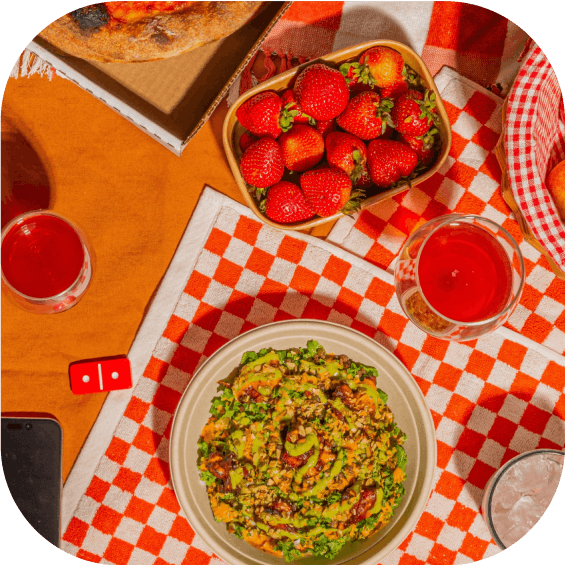

Why Meal Delivery Is a Flexible and Scalable Alternative
While running an in-house cafeteria ties your company to a fixed space, fixed staff, and fixed menu, meal delivery offers something much more adaptable. With modern platforms like Picnic, companies meet the needs of their team, whether they're growing fast or adopting a hybrid model.
Instead of being locked into long-term costs, workplace meal programs based on delivery are built to flex.
No Infrastructure Needed
No kitchen build out. No equipment to maintain. No staff to manage. Corporate meal delivery removes the need for physical infrastructure, turning lunch from a logistical operation into a simple service. Your team orders what they want, it gets delivered, no mess, no waste, no overhead.
Scalable with Team Size
Whether your company has 30 employees or 300, food delivery adapts instantly. There's no need to expand kitchens or hire more staff as you grow. Services like Picnic can support everything from small teams to multi-floor offices with employee lunch solutions that scale with demand.
Hybrid-Friendly
In a world where remote and hybrid work is the norm, flexibility matters. A traditional cafeteria can't serve employees who work from home part of the week and can be expensive considering this, but office food delivery can. With individual orders, flexible scheduling, and location-based service, meal delivery supports all the ways teams work today. It’s a model that meets employees where they are.
Employee Experience: Variety, Satisfaction, and Customization
Eating the same lunch every day gets old fast. That's one of the biggest downsides of in-house cafeterias: fixed menus, limited variety, and not much room for personal preference.
Meal delivery, on the other hand, brings choice back to the table. With access to a wide range of meals from different restaurants, employees can pick what they actually want to eat, not just what's available.
This kind of flexibility leads to higher employee meal satisfaction. A 2024 DoorDash survey of 500 US employees found that 91% of employees receiving meal benefits reported job satisfaction, compared to 78% without meal benefits. It also sends a message that the company cares about what matters to them, including their food.
Corporate meal delivery services like Picnic also make it easy to accommodate different dietary needs. Whether it’s vegetarian, vegan, gluten-free, or other restrictions, individual ordering allows for true customization, something that's hard to manage with a standard cafeteria setup.
In the end, better meals mean better moods, more energy, and a stronger connection to the workplace. That's the real value behind a thoughtful employee lunch solution.

How Picnic Simplifies Office Meals Without the Hidden Costs
Moving away from a traditional cafeteria setup doesn't have to mean more work for your team. Picnic offers a modern alternative that takes the pressure off office managers and eliminates unnecessary spending. By combining flexibility, personalization, and cost awareness, Picnic turns office food delivery into a smart, scalable solution for today’s workplace.
Individual Ordering Without the Hassle
With Picnic, employees order exactly what they want from a curated selection of local restaurants. Orders are grouped and delivered together, so the office still gets the convenience of a single drop-off, without the logistical headaches. It's an employee lunch solution that's simple for everyone involved.
Variety Your Team Will Love
Gone are the days of one-size-fits-all menus. Picnic partners with a range of food providers to offer diverse options. From fresh bowls to hearty comfort food, there’s something for every taste and dietary need. This level of variety supports employee meal satisfaction and helps foster a more inclusive, positive food culture at work.
A Cost-Effective Solution for Modern Workplaces
Unlike traditional cafeterias, Picnic doesn't come with high cafeteria costs like kitchen maintenance, staffing, or daily food waste. You only pay for what's ordered, making it easier to track expenses and avoid overspending. As your team grows or shifts into hybrid work, Picnic adjusts with you.
Ready to Rethink Office Meals? Try Picnic Today
If you've been weighing the pros and cons of in-house cafeteria vs. meal delivery, now's the time to act. With Picnic, there’s no need to invest in kitchen infrastructure, manage staff, or guess how much food to prepare. Your team gets to choose what they want, when they want it, and you get a solution that's easy to manage, budget-friendly, and built for modern work.
Whether your workplace is fully in-person or hybrid, Picnic adapts to your needs with individual ordering, rotating menus, and meals that people enjoy. It’s everything a traditional cafeteria can offer, without the hidden costs or daily stress.
Make lunch better for everyone, including your operations team. Try Picnic today!


